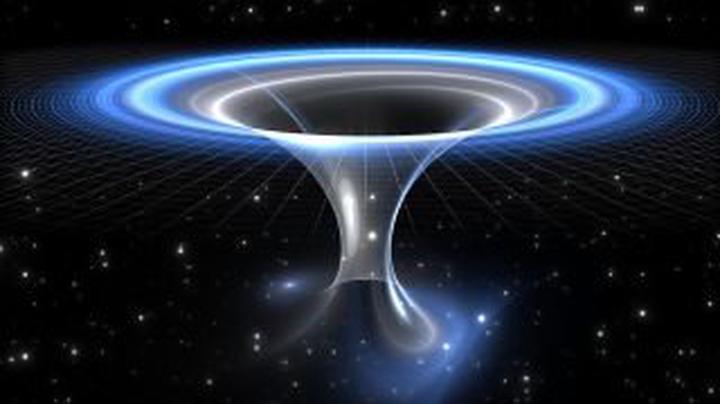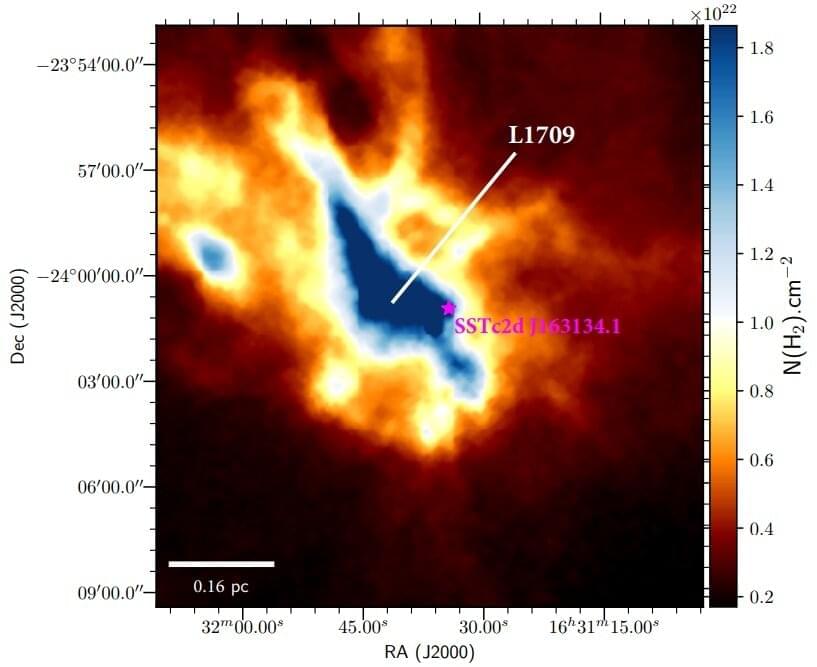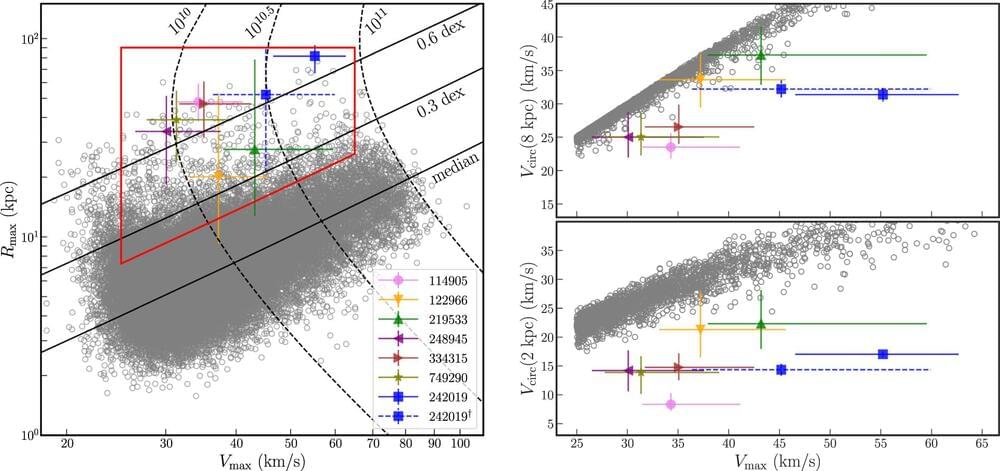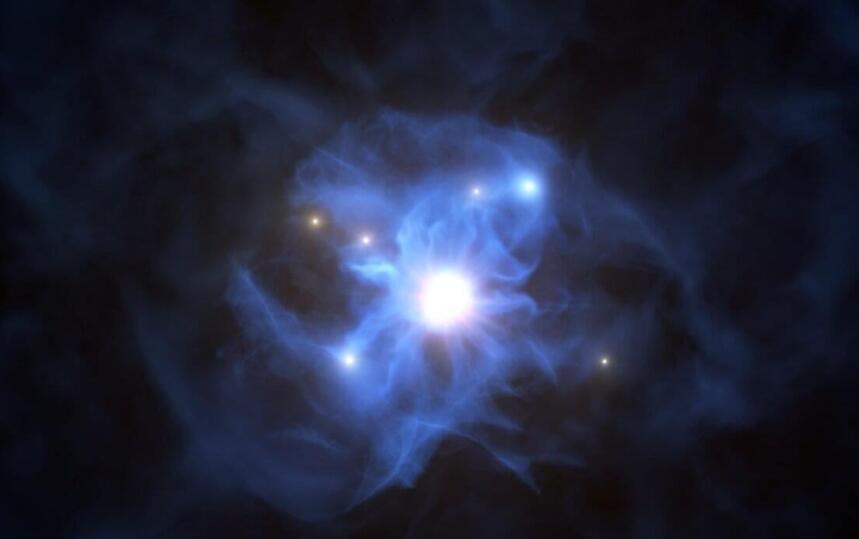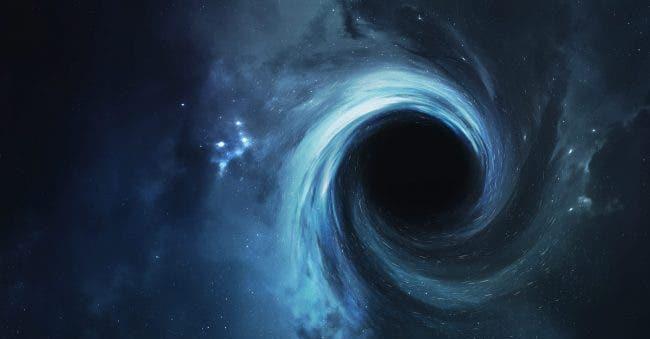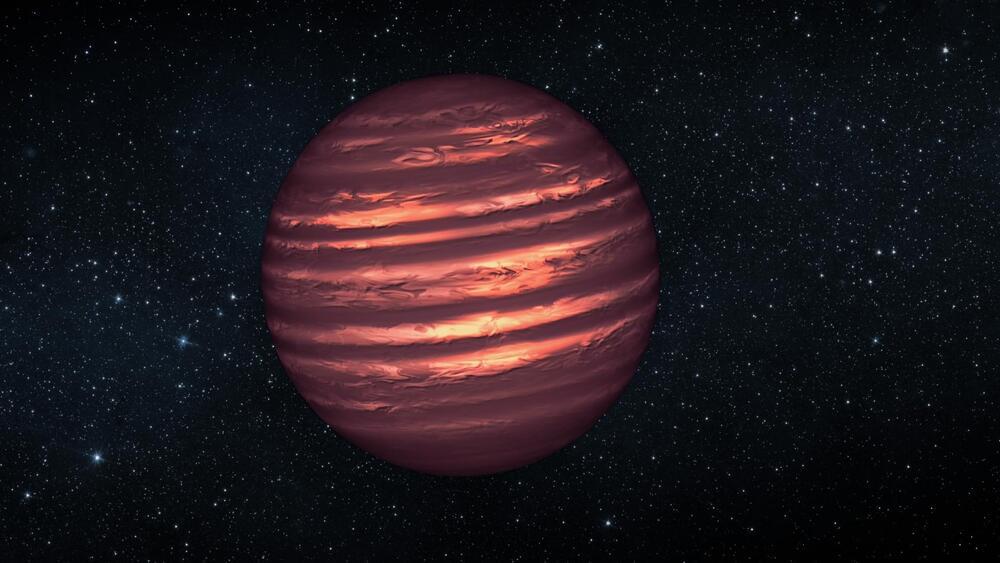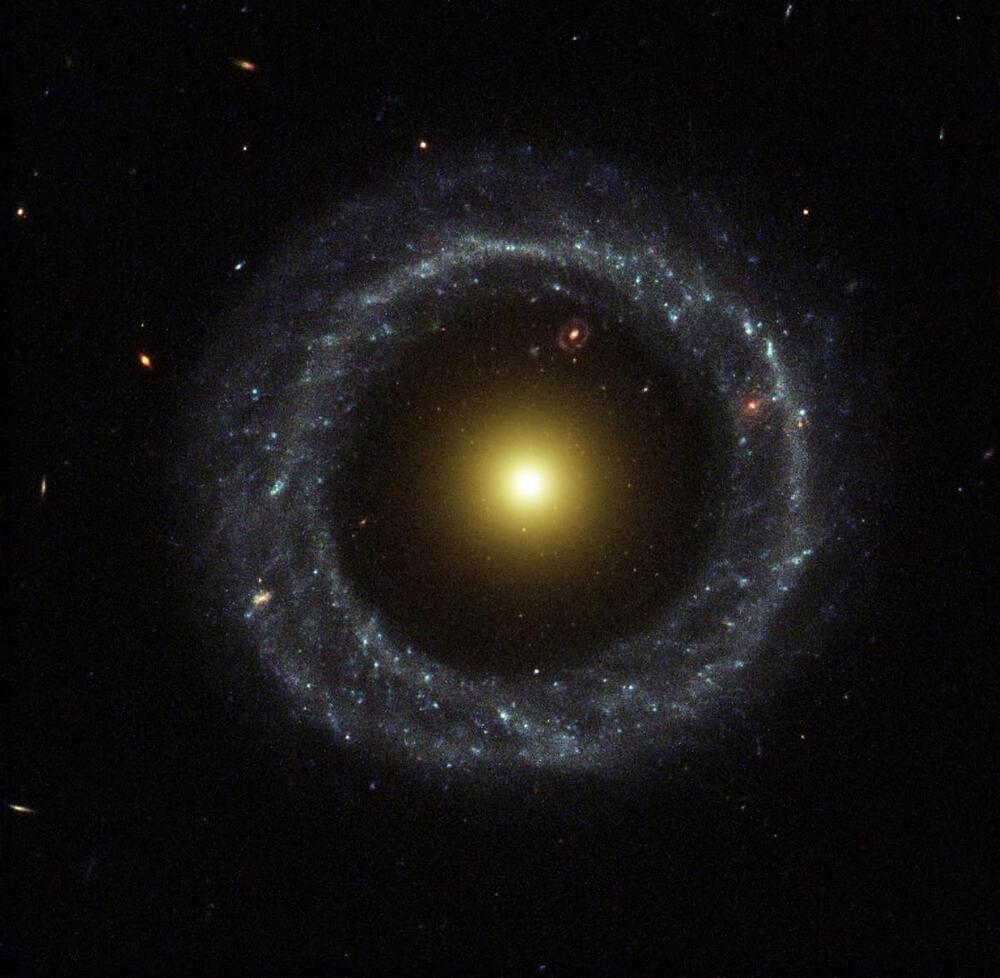On this explainer, Neil deGrasse Tyson and comic co-host Chuck Nice break down Big Bang skepticism and what’s going on at the frontier of astrophysics.
What are the core tenets of the Big Bang Theory? We explore the frontier of scientific research and what ideas are being contested. We also walk through the scientific process and experimentations. Could the Big Bang just be a small piece of a bigger theory? Learn about Vulcan, the hypothetical planet pulling on Mercury that was invented to save Newton’s Laws. When Einstein’s relativity came along, why didn’t Newtonian physics go away?
Get the NEW Cosmic Queries book (5÷5 ⭐s on Amazon!): https://amzn.to/3dYIEQF
Support us on Patreon: https://www.patreon.com/startalkradio.
FOLLOW or SUBSCRIBE to StarTalk:
Twitter: http://twitter.com/startalkradio.
Facebook: https://www.facebook.com/StarTalk.
Instagram: https://www.instagram.com/startalk.
About StarTalk:

